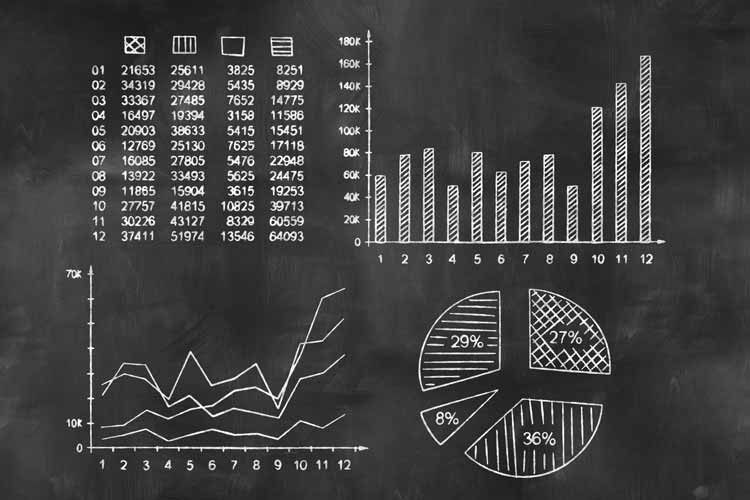
It's rare to see the VIX and SPX both higher year-to-date this late in the year
After yesterday's down day, the S&P 500 Index (SPX) is positive on the year by over 2%. The Cboe Volatility Index (VIX), however, has nearly doubled. The VIX is the 30-day implied volatility of the S&P 500 and it usually moves in the opposite direction as stocks. For each year since 1990 (the first year we have VIX data), the chart below shows the year-to-date returns for the S&P 500 vs. the VIX through this point in the year. The trendline suggests that given the fact the VIX has doubled thus far, you would expect the S&P 500 to be near a 10% loss. This week I'll look at the recent behavior of the VIX in combination with the S&P 500 to see if maybe there's a tell about what to expect going forward.

S&P 500 & VIX Positive Year-to-Date
Going back to 1990, there have been six times in which the S&P 500 and VIX were both positive (not including this year). The table below lists those years and shows how the rest of the year turned out for both indexes. The S&P 500 shows returns that are just slightly better than other years.
The VIX returns are more interesting. Despite stocks showing better-than-average returns, the VIX tends to rise in these years. Historically, the last couple months of the year have been bullish, as you can see by the strong rest-of-year returns below for the S&P 500. For some reason, when the VIX has risen through this point in the year alongside stocks, it has tended to continue that rise through the rest of the year, even though stocks have tended to do better than average.

VIX Spike Could Mean Near-Term Stock Weakness
Not only has the VIX doubled year-to-date, it has doubled off its low over the past month. It's just the 11th time we've seen this type of spike since 1990. In other words, the recent pullback has really spooked option traders. The table below shows how the S&P 500 has performed after VIX spikes of 100% or more within a month. In the short term, stocks have tended to struggle, with one-month returns averaging a loss and less than half of the returns positive. Looking longer term, returns are closer to typical market returns.

Again, I find the VIX returns after these spikes more interesting than stocks' returns. Despite the stock market's underperformance over the next month, the VIX falls an average of 10% and has been positive just 40% of the time (remember, the VIX usually moves in the opposite direction as stocks). Any farther out than a month and the VIX is almost guaranteed to be lower. After all 10 instances of previous VIX spikes, it has been lower over the next three, six, and 12 months.
